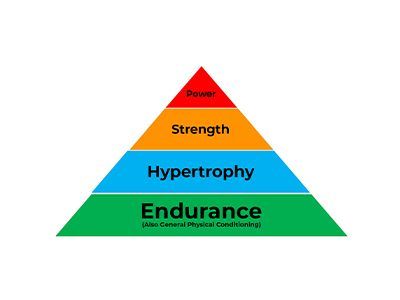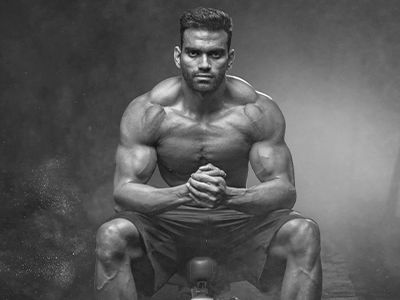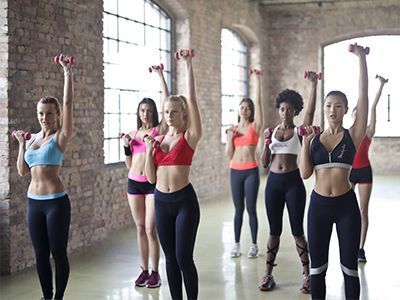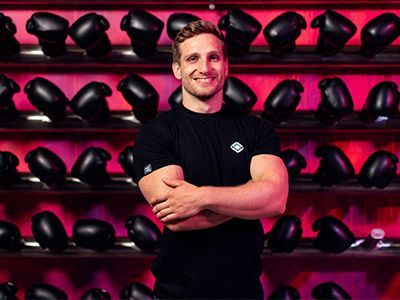Training Children and Teenagers
As the fitness world expands its horizons, more young individuals are drawn to the allure of the gym. While empowering and beneficial, guiding these under 18-year-olds through their fitness journey requires a delicate balance of safety, education, and support. From appropriate equipment usage to nuanced considerations of individual development, this guide navigates the complexities of training young gym-goers.
Appropriate Equipment and Safety
One of the foremost concerns when training young individuals in the gym is ensuring their safety. Contrary to common belief, most injuries among children stem not from overreaching weights but rather from clumsiness or mishandling equipment. Utilising appropriate gear designed for their size and capabilities is crucial. Weight machines with safety features, bodyweight, 'soft' equipment like medicine balls and exercise balls, and lighter weights help prevent accidents without compromising on effectiveness.
Parental Consent and Screening Protocols
Before stepping into the gym, obtaining parental consent is paramount from a legal perspective. Additionally, pre-screening forms tailored to different age groups (16-18 versus under 15) help identify any potential health concerns or limitations. Understanding these differences allows trainers to tailor programs to individual needs while ensuring a safe exercise environment.
Considerations for Varying Development Rates
Children develop at diverse rates, impacting their exercise capabilities. Customised programming becomes pivotal, accommodating varying growth spurts, strength levels, and coordination abilities. A holistic approach, balancing strength, flexibility, and skill development, caters to these differences, ensuring progress without compromising safety.
Barbell Readiness Tests
Barbell readiness tests, such as those suggested by the Australian Strength and Conditioning Association, are invaluable. These tests evaluate a young athlete's readiness for barbell exercises, considering factors beyond mere age or strength. They aid in determining the developmental level and guide trainers in crafting appropriate workout routines.
Social Pressures and Exercise Habits
The influence of peers and social media cannot be underestimated. Social pressures may push youngsters to attempt exercises beyond their capabilities, leading to potential injuries. Educating them about gradual progression and individualised goals helps counteract these pressures, fostering a healthier mindset towards fitness.
Cultivating Healthy Exercise Habits
Instilling a love for exercise early on sets the foundation for a lifetime of wellness. Encouraging diverse physical activities, fostering a positive relationship with the gym environment, and emphasising the joy of movement rather than solely focusing on aesthetics or performance creates sustainable exercise habits.
The Take Home Message
In conclusion, training young individuals in the gym demands a multifaceted approach that prioritises safety, individualised programming, and a supportive environment. By leveraging appropriate equipment, tailored screening processes, and understanding the nuances of development, trainers can foster a positive and nurturing fitness journey for the younger generation.
Empowering them to navigate social pressures and cultivating healthy exercise habits ensures not just physical growth but also mental and emotional well-being, paving the way for a brighter and healthier future.
Share this blog
Read more from Academy of Fitness and High Performance











